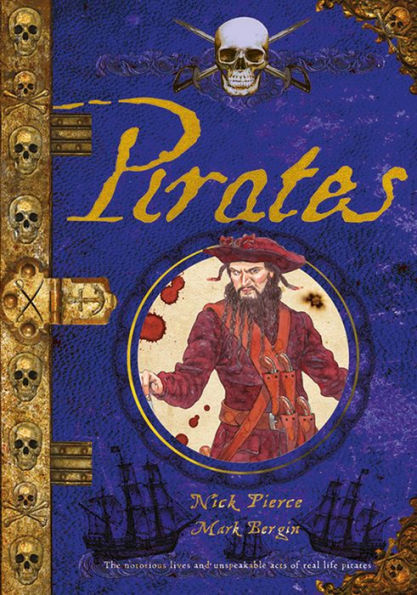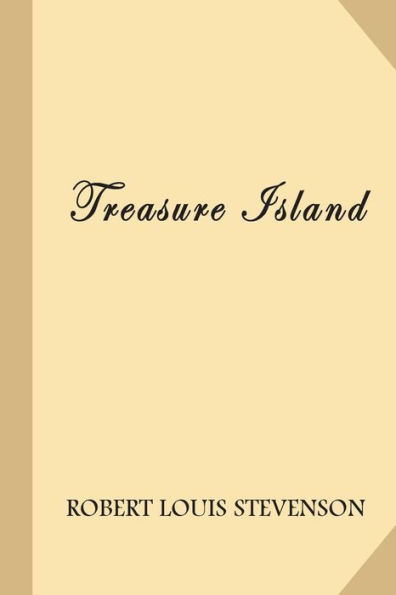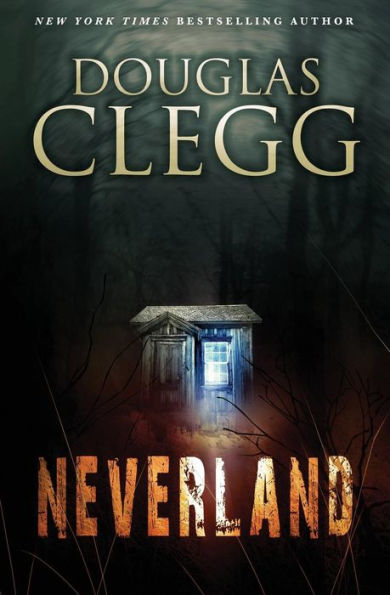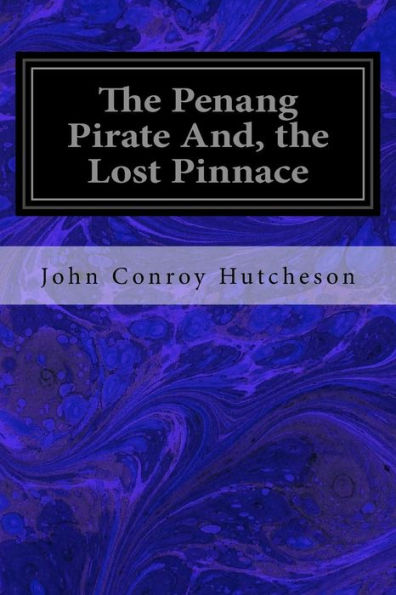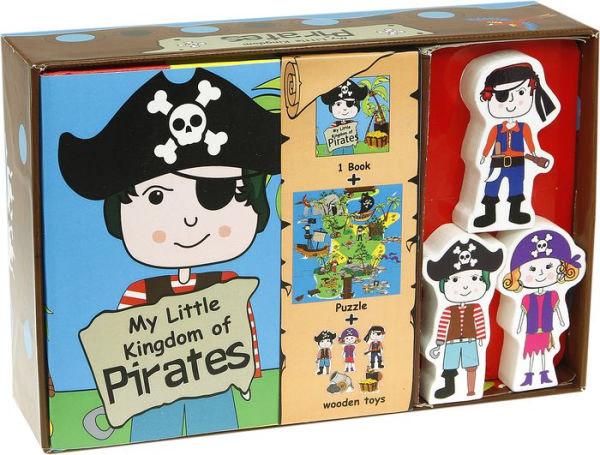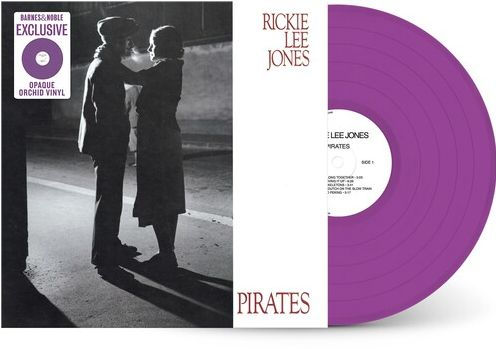Home
Treasure Neverland: Real and Imaginary Pirates
Loading Inventory...
Barnes and Noble
Treasure Neverland: Real and Imaginary Pirates
Current price: $64.00


Barnes and Noble
Treasure Neverland: Real and Imaginary Pirates
Current price: $64.00
Loading Inventory...
Size: OS
*Product Information may vary - to confirm product availability, pricing, and additional information please contact Barnes and Noble
is about factual and fictional pirates. Swashbuckling eighteenth-century pirates were the ideal pirates of all time and tales of their exploits are still popular today. Most people have heard of Blackbeard and Captain Kidd even though they lived about three hundred years ago, but most have also heard of other pirates, such as Long John Silver and Captain Hook, even though these pirates never lived at allexcept in literature. The differences between these two types of piratesreal and imaginaryare not quite as stark as we might think: the real, historical pirates are themselves somewhat legendary, somewhat fictional, belonging on the page and the stage rather than on the high seas.
Based on extensive research into fascinating primary material, including testimonials, narratives, legal statements, colonial and mercantile records, Neil Rennie describes the ascertainable facts of real eighteenth-century pirate lives. Rennie then investigates how such facts were subsequently transformed artistically, by writers like Defoe and Stevenson, into realistic and fantastic fictions of various kinds: historical novels, popular melodramas, boyish adventures, Hollywood films. Rennie's aim is to watch, in other words, the long dissolve from Captain Kidd to Johnny Depp.
There are surprisingly few scholarly studies of the factual piratesproperly analyzing the basic manuscript sources and separating those documents from popular legendsand there are even fewer literary-historical studies of the whole crew of fictional pirates, although those imaginary pirates form a distinct and coherent literary tradition.
is a study of this Scots-American literary tradition and also of the interrelations between the factual and fictional piratespirates who are intimately related, as the nineteenth-century writings about fictional pirates began with the eighteenth-century writings about supposedly real pirates. "What I want is the best book about the Buccaneers," wrote Stevenson when he began
in 1881. What he received, rightly, was indeed the best book: the sensational and unreliable
(1724).
